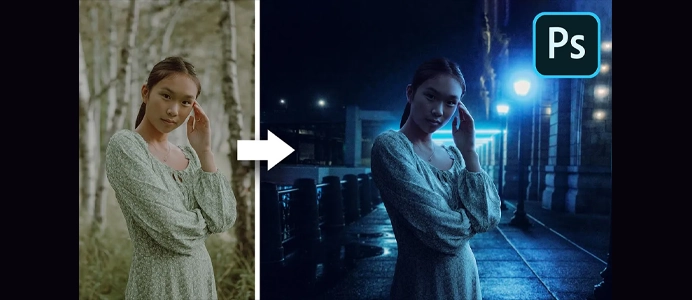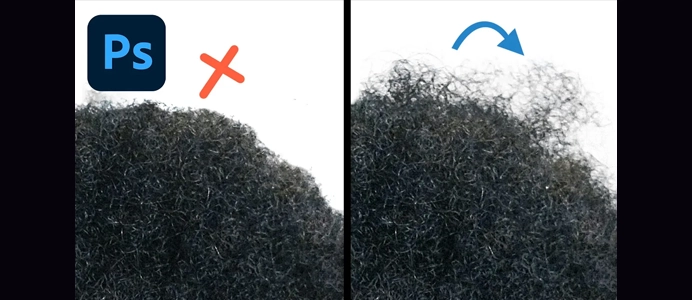How to create stylish highlights in Photoshop CC
Creating stylish highlights in Photoshop CC involves enhancing specific areas of an image to draw attention and add a sense of dimension. Here’s a step-by-step guide:
1. Open Your Image:
- Open the image you want to work on in Photoshop CC.
2. Duplicate the Background Layer:
- In the Layers panel, right-click on the background layer and choose “Duplicate Layer.” This ensures that you’re working on a non-destructive copy.
3. Convert to Smart Object (Optional):
- Right-click on the duplicated layer and choose “Convert to Smart Object.” This step is optional but allows for non-destructive editing with Smart Filters.
4. Apply High Pass Filter:
- Go to
Filter > Other > High Pass.Adjust the radius until you see a subtle outline of the details in your image. Click “OK.”
5. Change Blend Mode:
- Change the blend mode of the high-pass layer to either “Overlay,” “Soft Light,” or “Vivid Light” in the Layers panel. Experiment with different blend modes to achieve the desired effect.
6. Adjust Layer Opacity:
- Fine-tune the intensity of the highlights by adjusting the opacity of the high-pass layer in the Layers panel.
7. Create a New Layer:
- Create a new layer on top of the high-pass layer. This will be used for additional manual highlights.
8. Select Brush Tool:
- Select the Brush Tool (B) and choose a soft, round brush with a low hardness setting. Adjust the brush size based on the area you want to highlight.
9. Set Foreground Color:
- Set the foreground color to white. This is the color you’ll use for painting highlights.
10. Paint Highlights:
vbnetCopy code
- Paint over the areas where you want to enhance highlights. Focus on edges, surfaces facing the light source, or any elements you want to emphasize.
11. Adjust Layer Opacity:
cssCopy code
- Adjust the opacity of the highlight-painting layer to control the strength of the manually added highlights.
12. Add Adjustment Layers (Optional):
pythonCopy code
- Consider adding adjustment layers such as "Curves" or "Levels" to further enhance the contrast and tonal range of your image.
13. Fine-Tune as Needed:
arduinoCopy code
- Zoom in and carefully fine-tune the highlights, ensuring they complement the overall lighting in your image.
14. Compare Before and After:
cssCopy code
- Toggle the visibility of the layers or use the History panel to compare the image before and after adding highlights.
15. Save and Export:
vbnetCopy code
- Once you're satisfied with the highlights, save your work or export the image in your preferred format.
Tips:
- Experiment with Blend Modes:
- Different blend modes will produce varying highlight effects. Experiment to find the one that suits your image.
- Use Layer Masks:
- If needed, use layer masks to control where the highlights are applied. This allows for more precise adjustments.
- Consider Lighting Conditions:
- Pay attention to the direction of light in your image. Add highlights where light naturally hits surfaces.
- Keep it Subtle:
- Subtle highlights often work best for a realistic effect. Avoid excessive intensity that may look unnatural.
By following these steps and experimenting with different settings, you can create stylish highlights in Photoshop CC to enhance the visual appeal of your images.












